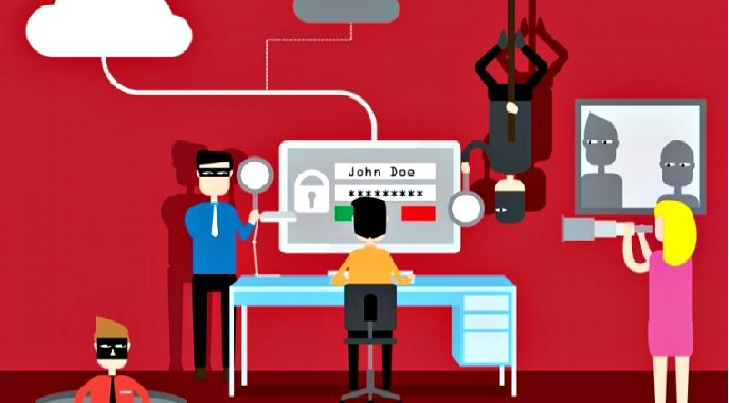Earlier this month a cybersecurity researcher shared details of a security loophole with The Hacker News that affects all versions of Microsoft Office, allowing malicious actors to create and spread macro-based self-replicating malware.
Macro-based self-replicating malware, which basically allows a macro to write more macros, is not new among hackers, but to prevent such threats, Microsoft has already introduced a security mechanism in MS Office that by default limits this functionality.
Lino Antonio Buono, an Italian security researcher who works at InTheCyber, reported a simple technique (detailed below) that could allow anyone to bypass the security control put in place by Microsoft and create self-replicating malware hidden behind innocent-looking MS Word documents.
What’s Worse? Microsoft refused to consider this issue a security loophole when contacted by the researcher in October this year, saying it’s a feature intended to work this way only—just like MS Office DDE feature, which is now actively being used by hackers.
New ‘qkG Ransomware’ Found Using Same Self-Spreading Technique
Interestingly, one such malware is on its way to affect you. I know, that was fast—even before its public disclosure.
Just yesterday, Trend Micro published a report on a new piece of macro-based self-replicating ransomware, dubbed « qkG, » which exploits exactly the same MS office feature that Buono described to our team.
Trend Micro researchers spotted qkG ransomware samples on VirusTotal uploaded by someone from Vietnam, and they said this ransomware looks « more of an experimental project or a proof of concept (PoC) rather than a malware actively used in the wild. »
To read the original article:
https://thehackernews.com/2017/11/ms-office-macro-malware.html?utm_source=dlvr.it&utm_medium=twitter
